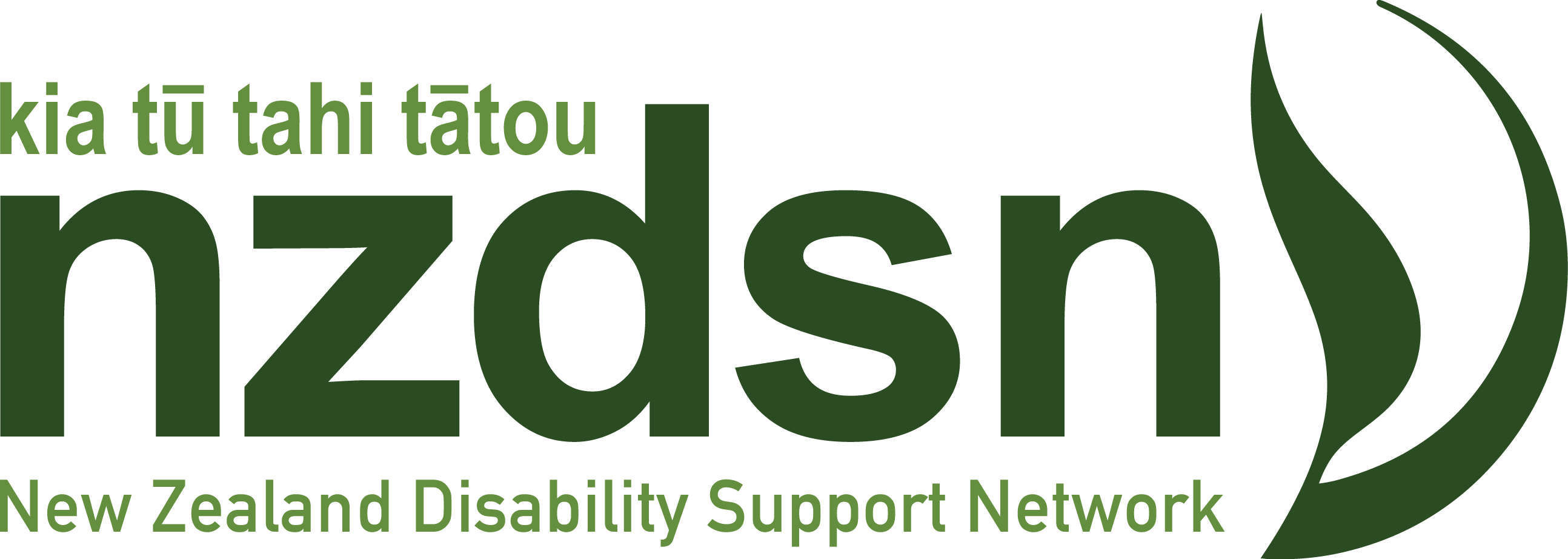Where do things stand as the dust settles after a week’s worth of headlines on the Whaikaha support fund announcement?
I personally think some rules around the use of support funds are appropriate. But the announcement of the purchasing guidelines for equipment management services’ funding and the use of funding by those receiving Individualised Funding packages is way too constrained, removes flexibility and flies in the face of Enabling Good Lives.
The rules need to be more flexible, and should have been consulted on with service users, providers and NASC services alongside Whaikaha officials, not imposed out of the blue. I know from talking to Whaikaha officials that efforts to engage with service users around the need for financial constraints didn’t go well, but just because the conversations were difficult didn’t mean they were unnecessary.
Rules are needed, but the ones Whaikaha proposed are too restrictive and imposed without proper consultation, seemingly forced by budget constraints. When Whaikaha raised their funding struggles and asked for early Budget decisions on their funding, the Disability Minister chose not to prioritise them in the budget process.
Minister Simmonds gave the impression that the announcement came as a surprise to her, but it’s not credible Whaikaha would have announced it without notifying their Minister.
Even if you believe this is a game of chess where Whaikaha embarrasses the government to get better Budget funding, they’d still notify the Minister’s office. It’s more realistic that Whaikaha’s CEO isn’t the only one that dropped the ball here.
Our sector has received an apology from both the Whaikaha CEO and Minister Simmonds, focused on how the announcement was handled, not its substance – new purchasing guidelines for equipment management services and Individualised Funding recipients, that came out of the blue and caused huge impact.
In an ideal world – and hindsight is a wonderful thing – Whaikaha would have gathered a selection of service users, providers, NASC representatives and their officials together to discuss the problem and agree a solution. In half-a-day!
What we got was a pig’s breakfast of guidelines that are too detailed and punitive, which I suspect will end up costing more than they save over time. A higher-level set of principles might have been more useful, rather than focussing on a specific list of examples of what and what not to spend support funding on.
It’s disappointing to hear Minister Simmonds speaking of pedicures and holiday trips. Without context, who can say these examples were appropriate to deliver the support needed by the service users involved? These examples might be a great way to grab a headline or get talkback callers fired up, but without all the facts, no-one’s in a position to judge.
How do we move forward? What would your ideal purchasing guidelines look like?
Peter Reynolds, NZDSN CEO
